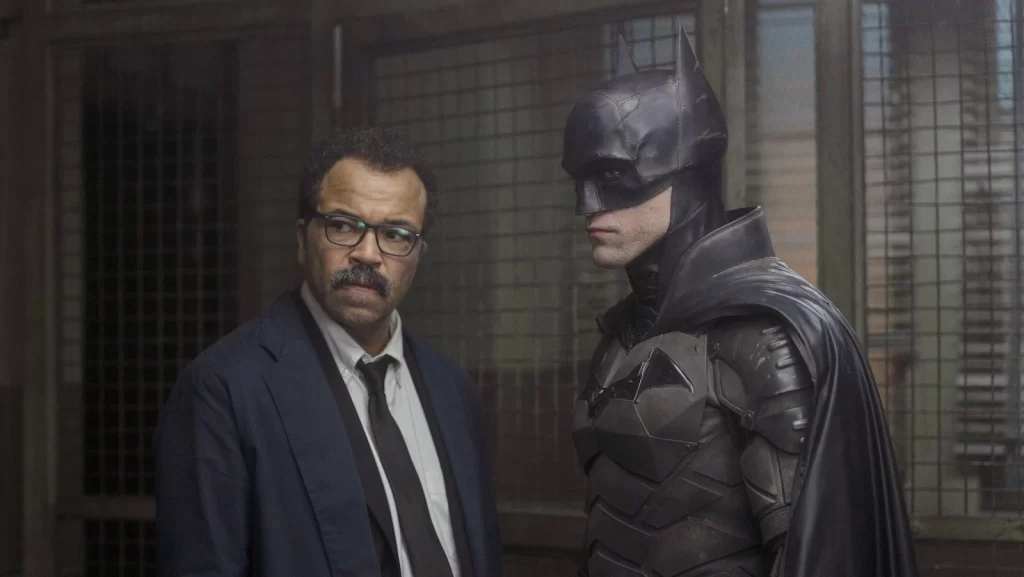
Who’s the big bad of The Batman? Modern superhero movies can scarcely subsist on just one antagonist, and this latest take on Gotham City’s caped crusader—directed with spirit and smarts by Matt Reeves, from a script he wrote with Peter Craig—piles on the villains the way his makeup artists slather prosthetics onto Colin Farrell’s face. Farrell, as it happens, plays the Penguin, but while his mannerisms seem to echo Robert de Niro’s work as Al Capone in The Untouchables, he’s hardly the film’s apex predator, instead operating as a mid-level mobster with women to leer at and masters to serve. One of those masters is Carmine Falcone (John Turturro), a slippery mafia don who’s too shallow and profit-oriented to fill the role of comic-book megalomaniac. It surely can’t be Selina Kyle (Zoë Kravitz), a waitress at Penguin’s sleazy nightclub who possesses several feline pets, some calf-high boots, and a knack for cracking safes; she may be Catwoman, but she’s not a madman. The most logical candidate is the Riddler, portrayed here by Paul Dano as a disturbed and disturbing serial killer who knows how to wield blunt instruments and a grudge. He’s a bad dude, no question, but The Batman has the nerve to suggest that his dastardly schemes are merely symptomatic—the inevitable consequence of a more pernicious evil. What if, the movie asks, the real villain is you?
Well, not you you; if you’re reading film criticism online, you’re surely more cultured than the particular brand of troglodytic malcontent that this movie places in its surprisingly topical crosshairs. The Batman posits, with unnerving fluency, that some of the creeps who swarm your social-media mentions are more inclined to blow up a theater than attend one. Remember the gun-toting monster who murdered 12 people and injured 70 others at a midnight showing of 2012’s The Dark Knight Rises? This time around, he might as well be a character.
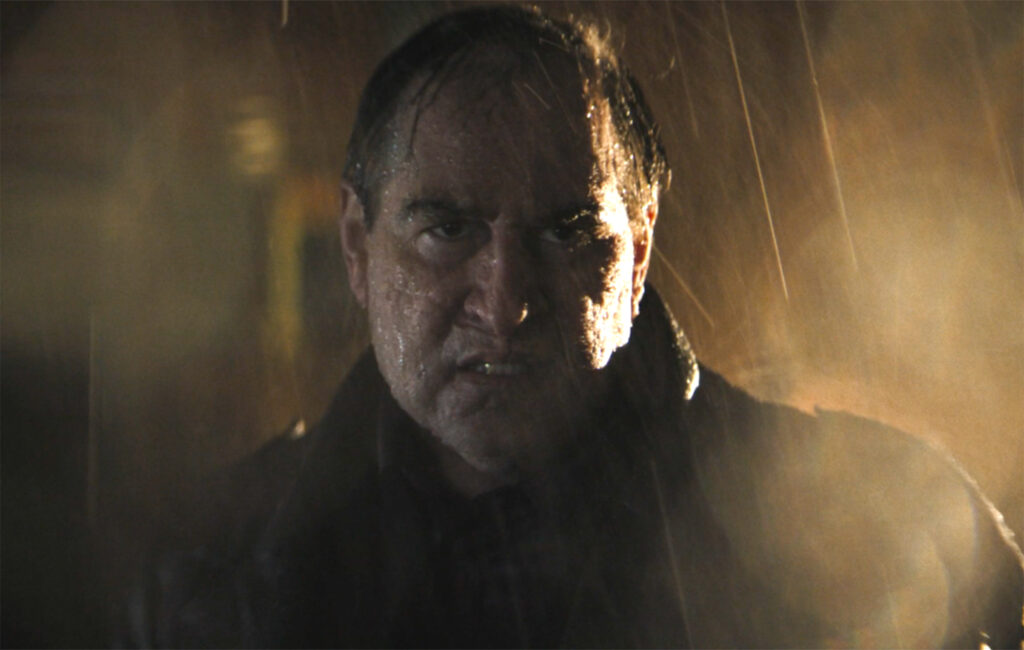
But let’s not get carried away. After all, this is still a comic-book flick, albeit one that takes pains to distinguish itself from its predecessors, most notably Christopher Nolan’s Dark Knight trilogy, which flooded the screen with bracing waves of intensity, color, and soul. Reeves’ take is darker still, though there’s more within the gloom than just the usual vigilante brooding; there is also real thematic purpose. All the same, it wouldn’t kill him to lighten up a little; he feeds his audience a few morsels of humor—a line about a pulled punch, a grisly gag involving a thumb drive, a remark that Catwoman does, indeed, “got a lotta cats”—that play as savory treats amid a diet that’s otherwise heavy on the solemn starch.
Thankfully, he doesn’t allow the movie’s relentless metaphorical darkness to become too literal. Working with the cinematographer Greig Fraser (Dune), Reeves creates a very gothic Gotham that looms with dread yet never looks dreary. The visual palette of The Batman is hardly candy-colored, but the widescreen compositions are sensibly lit, using shadows—the dank, invisible realm that our titular brawler both inhabits and embodies, as he explains during an ominous early voiceover—as a tool of negative space rather than an oppressive veil. (Sonically, Michael Giacchino delivers the goods with a propulsive, spectacular score.) Reeves also occasionally supplies bursts of color—the glowing red of a flare, the electric blue of a high-powered engine, the burnt orange of licking flames—that pop vividly against the night sky.
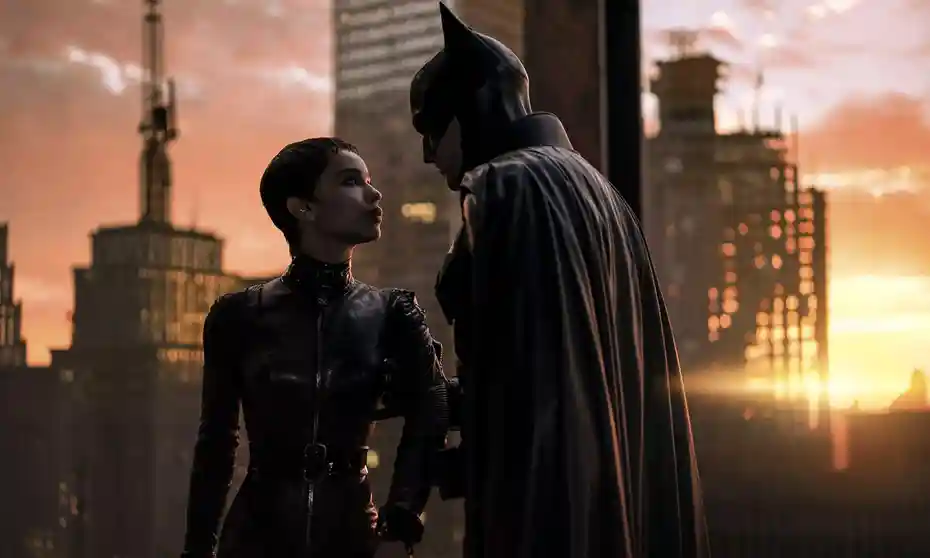
That voiceover, by the way, represents a concise expository salvo in a script that only occasionally succumbs to tedious info-dumps. Reeves’ savviest screenwriting decision is to open the main action two years after dour billionaire anti-playboy Bruce Wayne (Robert Pattinson) first donned his signature suit, which is rendered here as slickly patterned body armor that also seems to magically prevent bullets from reaching his unprotected jawline. Dispensing with the usual origin-story hullabaloo (which the audience surely knows already anyway) allows Reeves to get straight down to grim business, though not before an entrancing early sequence set to a Nirvana song that finds the potential specter of Batman lurking in every patch of shade, frightening ne’er-do-wells via the mere possibility of his presence. “I can’t be everywhere,” he tells us, but he seems to try, and his vigilant watchfulness taps in to the movie’s intriguing voyeuristic streak; he wears special contact lenses that record everything he sees, allowing him to pore over the footage and even to act as an illicit peeper once he recruits Selina as his hesitant investigative partner. (The brilliant, wordless prologue, which finds an unknown assailant peering through binoculars (or maybe a rifle scope) at a playful child and his all-too-mortal parents, gives added kick to the film’s persistently creepy surveillance.)
Investigation is the name of the game here, as for its first hour, The Batman proceeds less like a superhero adventure than a David Fincher procedural. The Riddler, like all diabolical psychopaths in cinema, is a fearsomely intelligent mastermind, one who’s carving up Gotham’s corrupt dignitaries and leaving smug clues in his wake for Batman and his police confederate, Commissioner Lieutenant Jim Gordon (Jeffrey Wright, steady as ever), to decipher. Rather than adhering to the standard MCU template—CGI-heavy action sequence, series of plot-moving dialogue scenes, repeat—the movie adopts a slow, simmering build, preferring sustained tension to sudden punctuation. Its most invigorating early set piece, in which a helpless district attorney (Peter Sarsgaard) finds a time bomb locked around his neck as he’s compelled to solve the Riddler’s demented puzzles, is suspenseful for its lack of action, with Reeves instead wringing suspense from the character’s panicked paralysis.
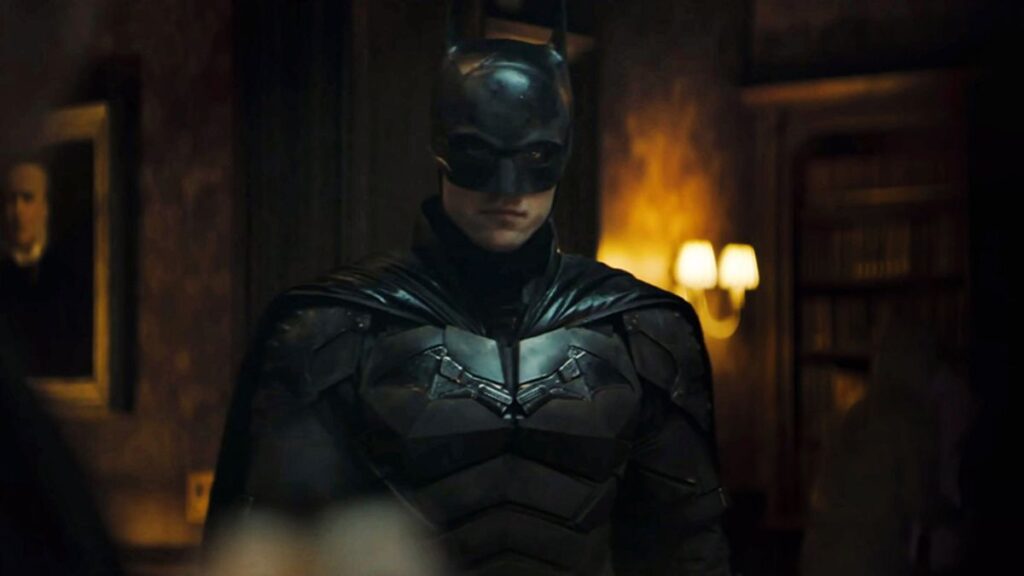
The Batman’s relative paucity of set pieces makes it less kinetically entertaining than Nolan’s outings (which managed to be both philosophically probing and proudly exhilarating), though Reeves’ moodier approach still carries its own integrity. It isn’t until the rough midpoint of this 176-minute movie that the vaunted Batmobile makes its first appearance, revving up for a bruising car chase that’s half-incoherent, half-electrifying; it concludes with what’s likely to become the film’s signature image—an upside-down Batman emerging from fiery wreckage, lending new, primal meaning to the phrase “bat out of hell”. As an action choreographer, Reeves—whose greatest, gravest work remains War for the Planet of the Apes—favors blunt force over operatic imagination. This Batman rarely does anything amazing, but when he hits you, your bones break.
And what of the man behind the pointy-eared mask? Casting a former heartthrob in the lead would seem to warrant a prominent role for Gotham’s orphan prince, so it’s startling how little actual face time Pattinson receives in The Batman. It also makes sense, as Reeves exhibits a strong grasp of Bruce Wayne as a character, or rather, he understands that Bruce Wayne isn’t a character worth understanding. His two foundational traits—bereavement and wealth—don’t exactly allow for a rich motivational framework; The LEGO Movie summed him up all too perfectly with the simple lyrics, “Darkness, no parents / Super-rich, kinda makes it better.” Pattinson, who’s afflicted with a distressingly bad haircut, mopes and grimaces persuasively enough, but outside of a single scene—a freighted tête-à-tête opposite his trusty butler, Alfred (Andy Serkis), that flickers with genuine emotion—it’s difficult for him to imbue his agonized scion with any feelings that aren’t already familiar to an audience raised on legions of self-tortured superheroes.
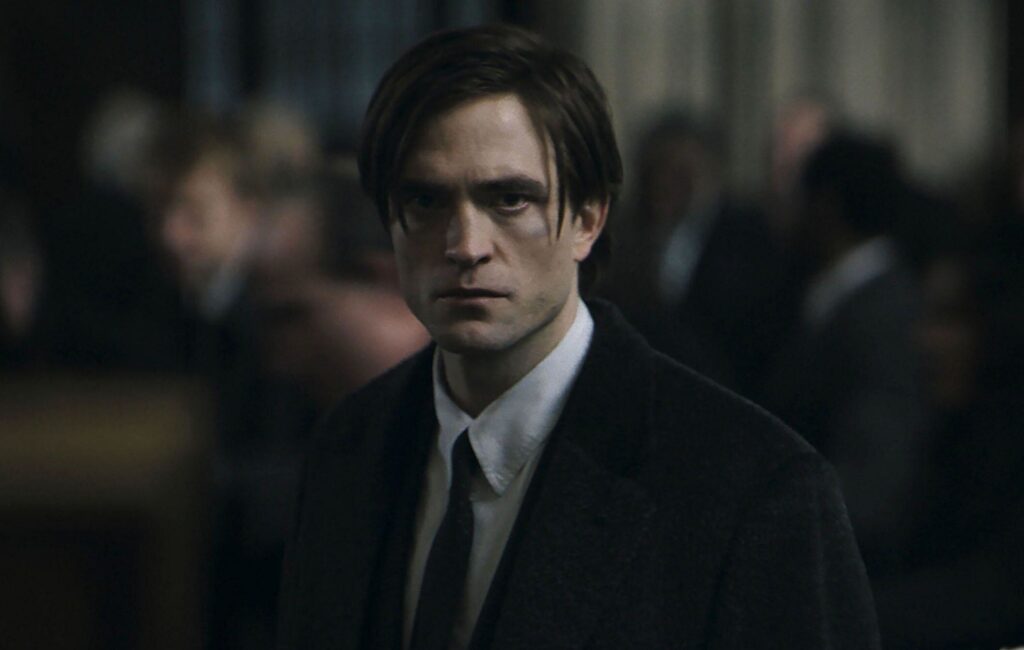
That’s why the weakest element of The Batman is a lengthy detour that explores—you guessed it—the murder of Bruce’s parents. The complexity of the plot, with its whiff of L.A. Confidential-style rotted bureaucracy, is impressive—there is even a ludicrous scene where Bruce spray-paints one of those webbed conspiracy maps on the floor of his mansion, a silly moment that Reeves at least has the decency to stage with Pattinson shirtless—but its obsessive linkage to childhood trauma is misguided, needlessly anchoring this otherwise urgently present story in the haunted past.
It’s the here and now that really concerns Reeves, and not just Gotham’s. In its final act, The Batman swerves yet again, transforming into an allegory of surprising, troubling force. It even serves as a rejoinder of sorts to the famous boat scene in The Dark Knight, in which Nolan conceived of Heath Ledger’s Joker as a singular agent of chaos who nonetheless couldn’t conquer humanity’s fundamental decency. By contrast, the scariest thing about Dano’s Riddler is how ordinary he is, and how seductive his jaundiced rhetoric can sound to disgruntled zealots who are only too eager for a rallying cry. I don’t pretend that Reeves has made an especially political picture, but it’s still unsettling that his big, brawny blockbuster evokes memories of January 6. It may be Batman’s DC counterpart who’s often mistaken for a bird or a plane, but The Batman’s true identity is similarly hard to pin down. The movie is many things—a gripping noir, a robust actioner, a knotty revenge story, a fledgling romance (complete with a few sexless kisses)—but most of all, it’s a riot.
Grade: B+
Jeremy Beck is the editor-in-chief of MovieManifesto. He watches more movies and television than he probably should.
